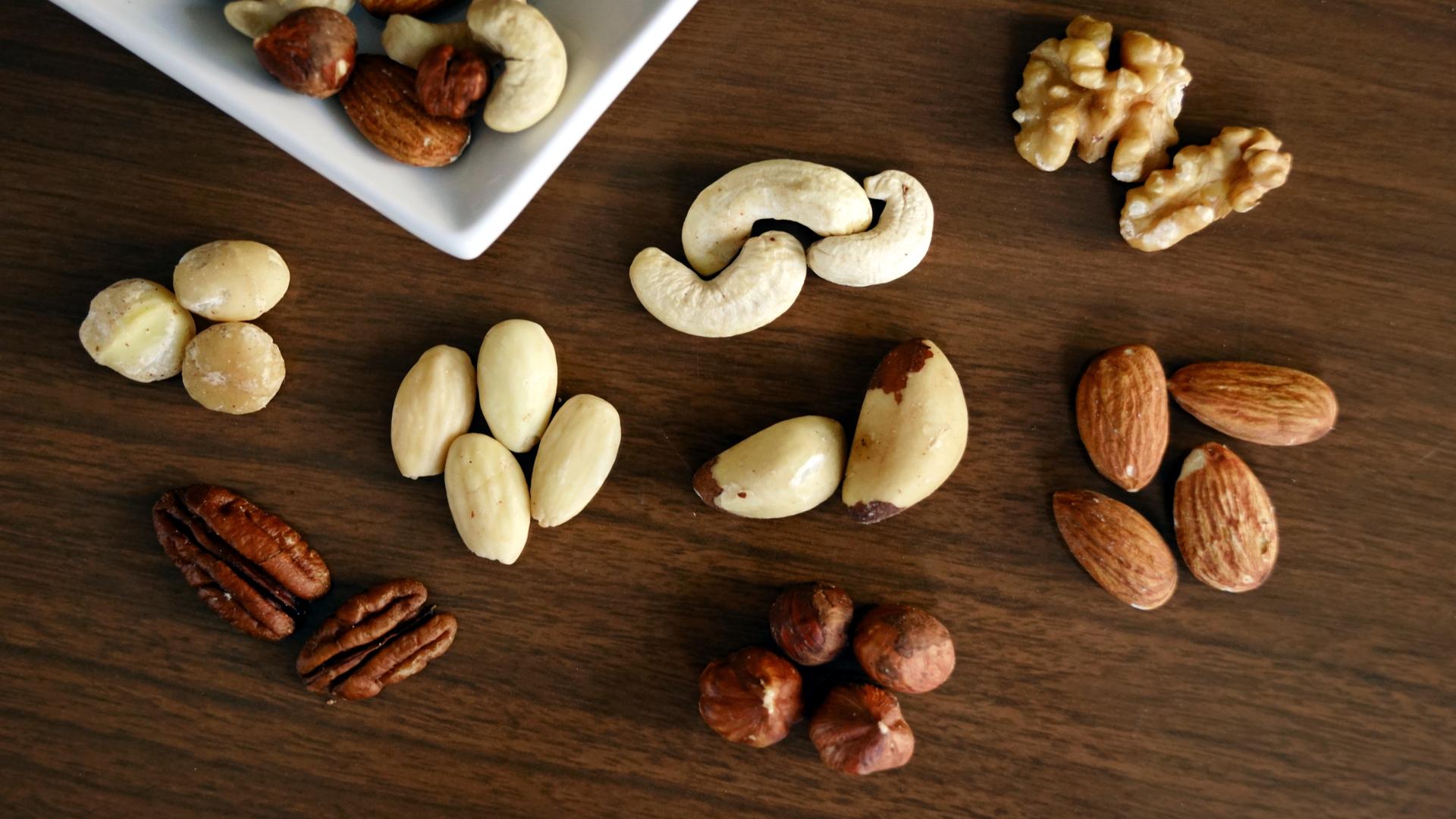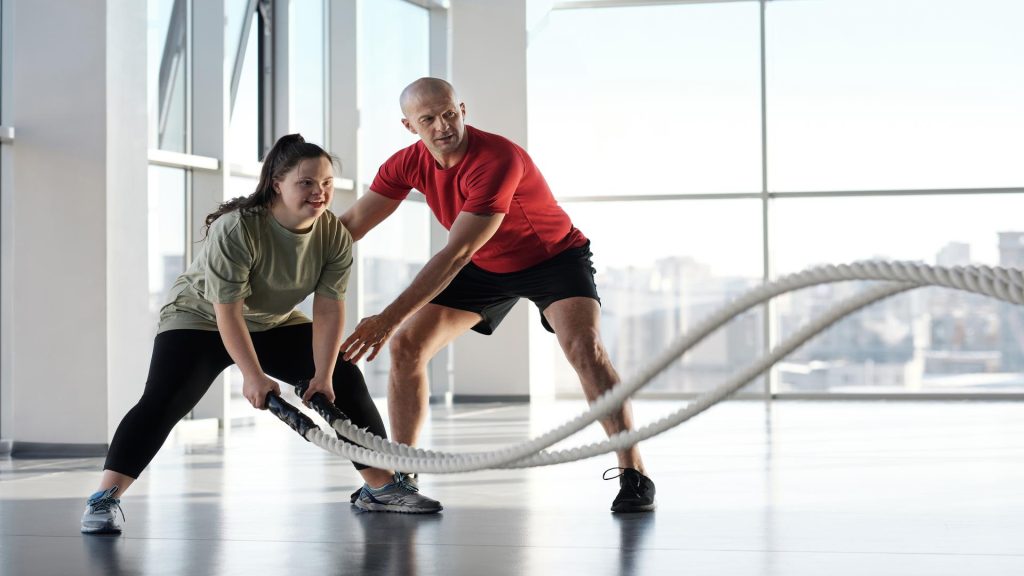
Yoga for Flexibility: Improving Mobility and Enhancing Range of Motion
Introduction to Yoga and Flexibility
In today's sedentary lifestyle, maintaining flexibility is crucial for overall health and well-being. Yoga, an ancient practice originating from India, offers a holistic approach to improve flexibility, strength, and balance. This article will explore various yoga poses and techniques that can help enhance flexibility, increase mobility, and promote a greater range of motion in the body.
Understanding Flexibility and Its Benefits
Flexibility refers to the ability of joints and muscles to move through their full range of motion. Incorporating yoga into your fitness routine can lead to several benefits, including:
- Improved posture and alignment
- Increased athletic performance
- Enhanced blood circulation
- Reduced risk of injuries
- Relieved muscle tension and stress
- Enhanced relaxation and stress management
Yoga Poses for Flexibility
1. Downward Facing Dog (Adho Mukha Svanasana)
This widely recognized pose stretches and strengthens the entire body, particularly the hamstrings, calves, and shoulders. Start on all fours, then lift your hips toward the ceiling, forming an inverted V shape. Keep your palms flat on the ground and press your heels towards the floor.
2. Forward Fold (Uttanasana)
This standing pose targets the lower back, hamstrings, and calves. Stand with feet hip-width apart and slowly hinge forward from your hips, allowing your upper body to hang. Bend your knees if needed, and aim to touch your hands to the ground or bring them towards your shins.
3. Butterfly Pose (Baddha Konasana)
Sit on the floor with the soles of your feet touching each other. Hold your feet or ankles and gently press your thighs towards the ground. This pose stretches the inner thighs, groin, and hips while improving flexibility in the lower body.
4. Cobra Pose (Bhujangasana)
Cobra pose strengthens the back muscles and increases flexibility in the spine. Lie face-down with palms flat on the ground near the shoulders. Gently lift your chest off the ground while keeping your pelvis grounded. Keep your elbows close to your sides and maintain a slight curve in the lower back.
5. Standing Forward Bend (Padahastasana)
Stand with feet hip-width apart and fold forward from the hips, reaching toward the ground or your shins. This pose enhances flexibility in the hamstrings and calves, while also promoting relaxation and stress relief.
6. Extended Triangle Pose (Utthita Trikonasana)
From a wide-legged position, extend one leg out and reach towards that side, placing your hand on your shin, ankle, or the floor. This pose stretches the hamstrings, hips, and side body, enhancing overall flexibility.
7. Bridge Pose (Setu Bandhasana)
Lie on your back with knees bent and feet flat on the ground. Lift your hips up while pressing your feet into the floor. This pose opens up the chest, stretches the spine, and strengthens the glutes and hamstrings.
8. Seated Forward Bend (Paschimottanasana)
Sit on the ground with legs extended in front of you. Slowly fold forward from the hips, reaching towards your feet or ankles. This pose provides a deep stretch for the hamstrings, calves, and lower back.
9. Child's Pose (Balasana)
Begin on all fours, then sit back on your heels while extending your arms forward. Rest your forehead on the ground and relax your entire body. Child's pose gently stretches the hips, thighs, and back while promoting relaxation.
10. Pigeon Pose (Eka Pada Rajakapotasana)
From a high plank position, bring one knee towards the same side wrist, extending the other leg behind you. Lower your hips towards the ground and fold forward, feeling a deep stretch in the hips, glutes, and lower back. This pose increases flexibility in the hips and groin area.
Frequently Asked Questions About Yoga for Flexibility
1. How often should I practice yoga for flexibility?
For optimal results, aim to practice yoga for flexibility at least three times a week. Consistency is key in improving flexibility over time.
2. Can anyone practice yoga for flexibility?
Yes, yoga is suitable for individuals of all fitness levels and ages. However, it is advisable to consult with a healthcare professional or a certified yoga instructor if you have any specific health concerns or injuries.
3. Are there any precautions to consider while practicing yoga for flexibility?
When practicing yoga, it is important to listen to your body and avoid pushing yourself too hard. Start with gentle stretches and gradually increase the intensity over time. If you experience any pain or discomfort, modify or come out of the pose.
4. Can yoga help relieve muscle tightness?
Absolutely! Regular yoga practice can help relax tense muscles and release built-up tension. Incorporating stretching and flexibility-focused poses into your routine can provide relief from muscle tightness.
5. How long does it take to see improvements in flexibility through yoga?
The timeframe varies from individual to individual. With consistent practice, you may start noticing improvements in flexibility within a few weeks. However, it is important to remember that every body is unique, and patience is key when it comes to enhancing flexibility.
� Yoga for Flexibility: Improving Mobility and Enhancing Range of Motion
� FITNESS
� YOGA
� Discover the benefits of yoga for flexibility and learn various poses to improve your range of motion and enhance mobility. Practice these yoga poses and enjoy the increased flexibility in your body.
Thank you for reading. For more insights, visit our #healthzone#3.com/blog">BLOG. We appreciate your support!



